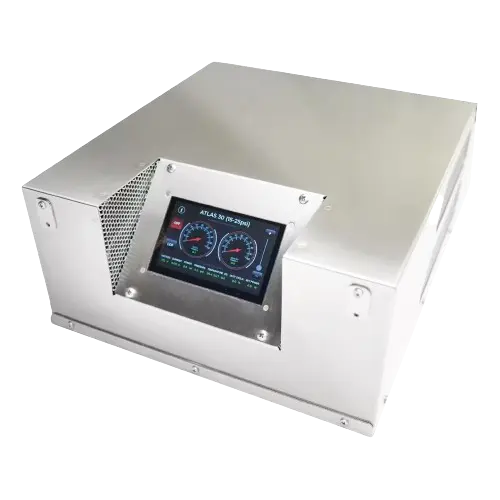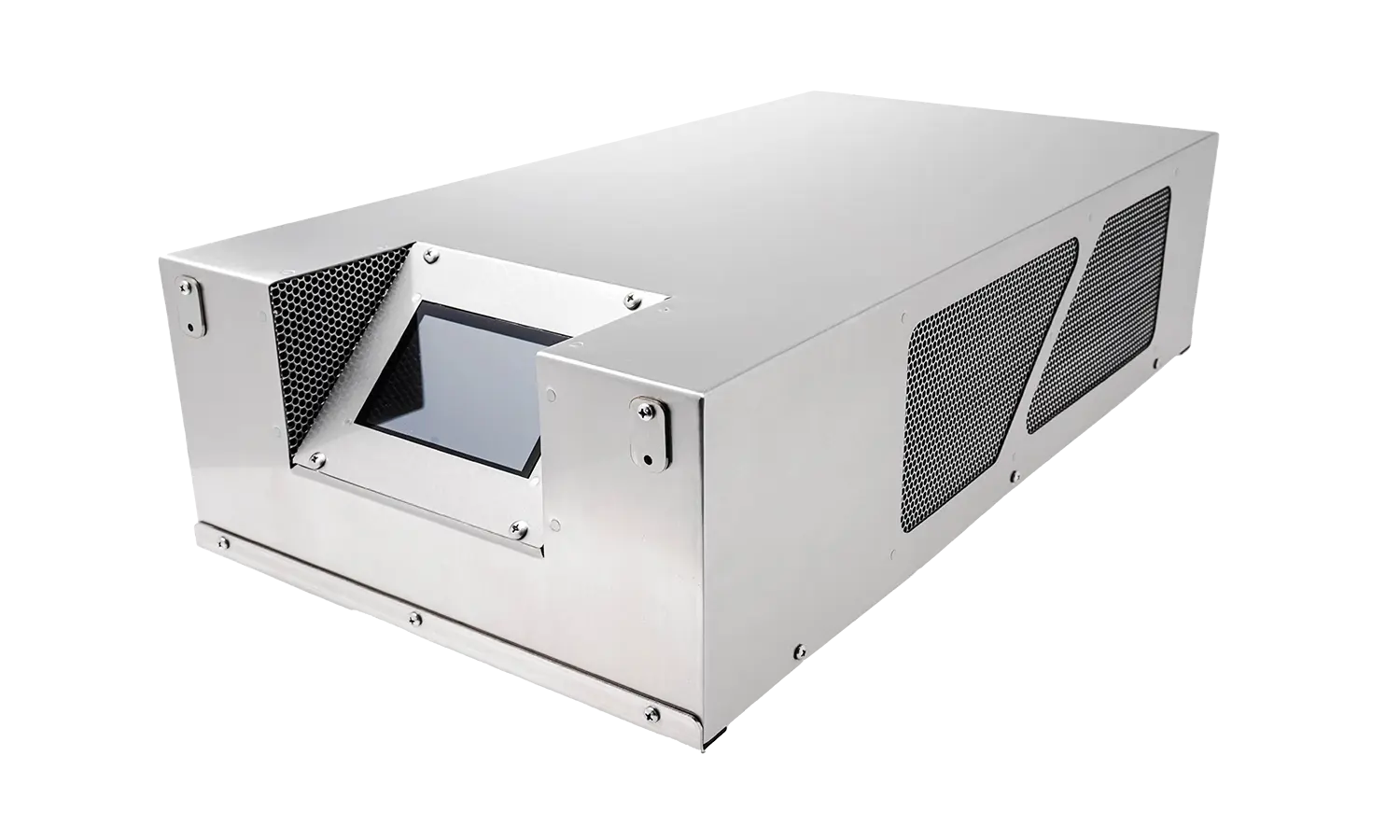Share This Story, Choose Your Platform!
Do You Need a Contact Tank for Ozone Water Treatment?
If you’re considering ozone water treatment for your business, you may wonder if you need a contact tank. After all, ozone is a powerful oxidizer that quickly eliminates pathogens and other contaminants from water. But does it need time to react with these contaminants, and if so, how much time?
CT Factor: How Ozone Concentration and Exposure Duration Affect Disinfection
Scientific studies and publications have shown that ozone reacts almost instantly with pathogens dissolved in water. Ozone doesn’t require long contact time, unlike other oxidizers such as hydrogen peroxide, chlorine, or bromine. However, there are factors to consider.
The concentration-time (CT) factor measures how much ozone is needed to inactivate pathogens over a specific time. It considers the ozone concentration in the water and the duration of exposure to that concentration. The CT value required for effective disinfection depends on the type of pathogen and other factors such as pH and temperature.
According to scientific studies and publications, ozone can inactivate the most common water pathogens when applied at a contact time factor of 0.2. In other words, ozone can inactivate most water pathogens at a concentration of about 0.2 parts per million (ppm) in one minute. In other words, using an ozone generator that creates a 1-1.5 ppm concentration makes it possible to remove most pathogens on the fly, even inside a water pipe. You don’t need an ozone tank if you have sufficient ozone concentration and constant water flow.
Outgassing Ozone Gas: Why an Ozone Contact Tank is Recommended
However, since ozone is injected in gaseous form with oxygen into the water, it is impossible to dissolve 100%. This means there will always be outgassing ozone gas, which can be unpleasant or harmful to people who open the tap to use the water. For this reason, the DIN German Industry Standard recommends installing a 2-minute outgassing tank that slows the flow by 2 minutes. By doing this, all the undissolved ozone gas will rise to the top of the container to be vented away from people or destroyed by ozone destructors.
For example, if you have a flow of 40 gallons per minute, you will need an 80-gallon tank for perfect outgassing. Flexcon makes suitable tanks with five connectors that can be used for ozone injection and outgassing simultaneously.
The Importance of Avoiding Pressure Reductions After Ozone Injection
A practical suggestion when designing an ozone system is to avoid devices after the pipeline from the output of the ozone generator after the ozone injector, which significantly reduces water pressure. Every reduction in pressure will create proportional ozone outgassing, which can reduce the effectiveness of your ozone treatment.
One device that can significantly reduce water pressure is a static mixer. While these mixers may seem helpful to an ozone system application, it is essential to exercise caution and avoid them if possible.
In fact, over the past 30 years, not a single static mixer manufacturer has provided performance charts demonstrating the effectiveness of their products in terms of ozone concentration before and after use. Additionally, testing has shown that many of these devices do not work as intended and instead function as gas strippers in turbulent water flow. For example, after using an Absolute Ozone – ozone generator and venturi to achieve a 13ppm concentration of ozone in the contact tank, installing a DGT or similar static mixer resulted only in a concentration of 7ppm, rather than the expected 20ppm.
Conclusion: Ensuring Effective and Safe Ozone Water Treatment
In conclusion, while ozone doesn’t require a contact tank for reacting with pathogens in water, an outgassing tank is still recommended to prevent the release of undissolved gas. The ideal size of the tank will depend on your water flow rate, and it’s essential to avoid pressure reductions after the ozone injector. By following these guidelines, you can ensure that your ozone water treatment system is effective and safe.
Contact us now. We will help you with your project.





